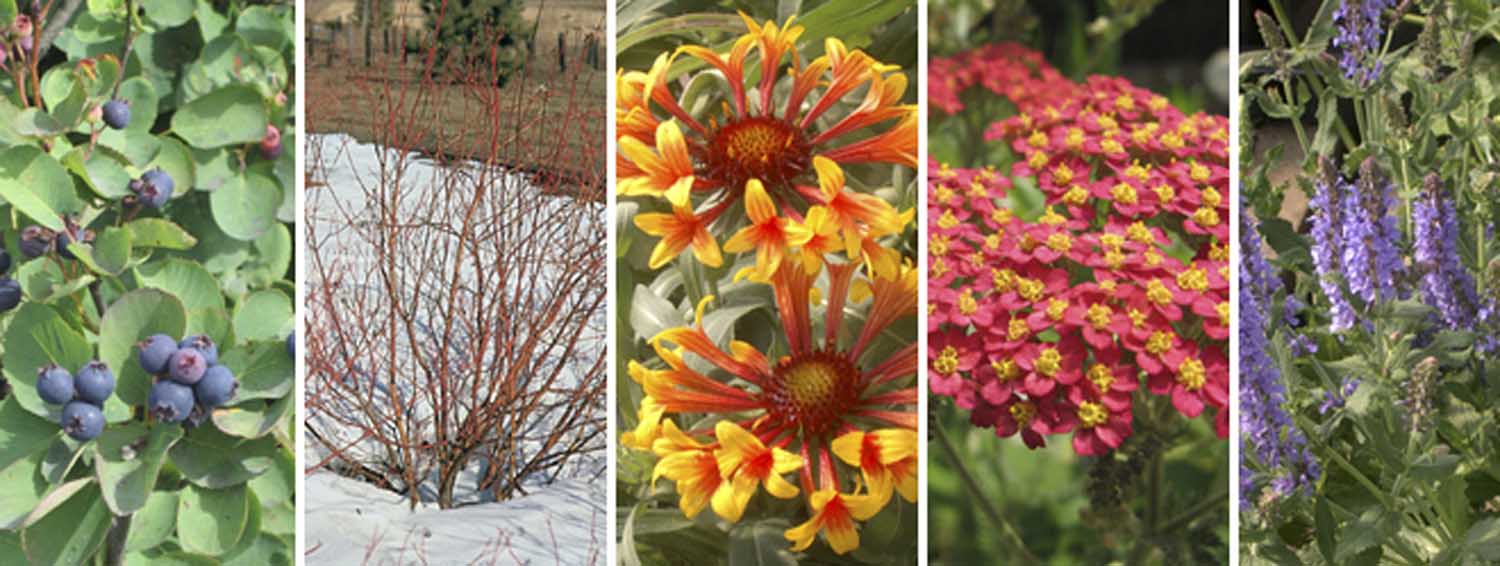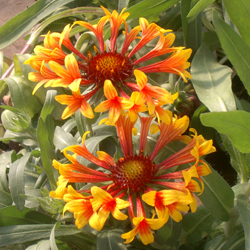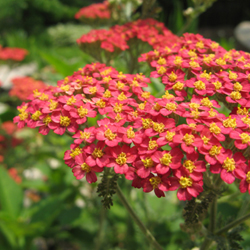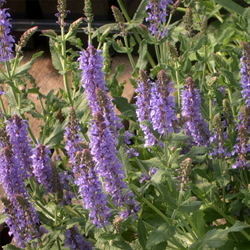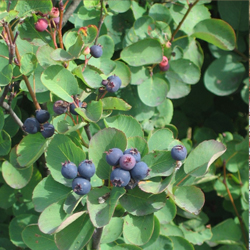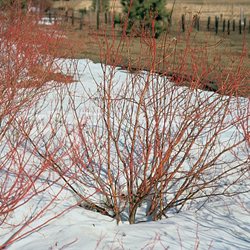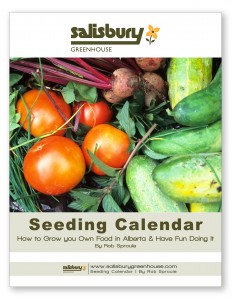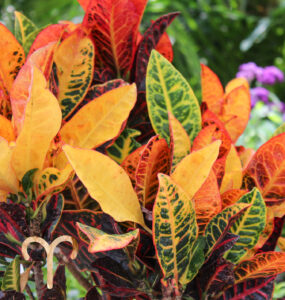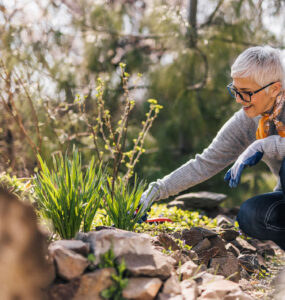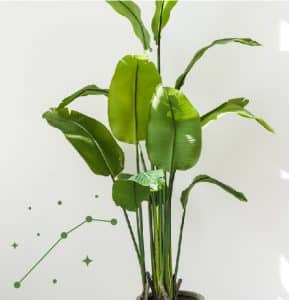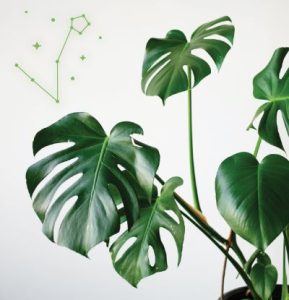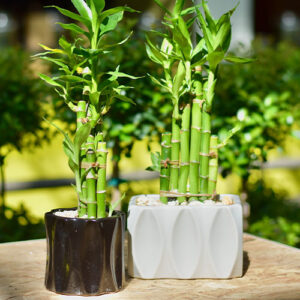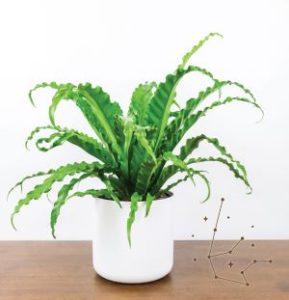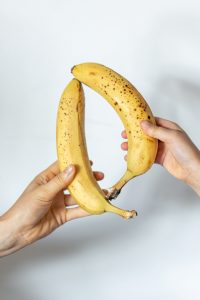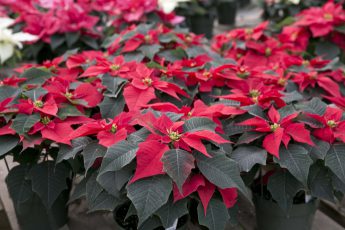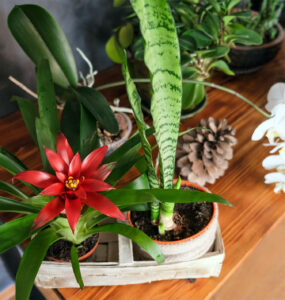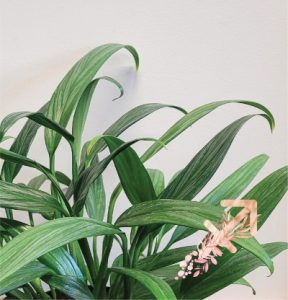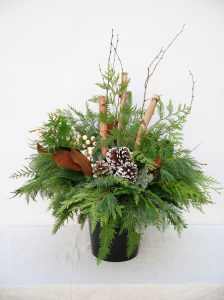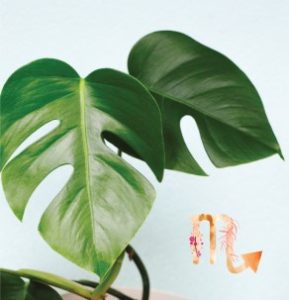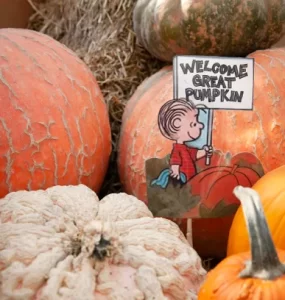Native Plants in Alberta
by Rob Sproule
Gardening is as much work as you want to put into it. Savvy gardeners know that the secret to having a stunning yard without spending every weekend weeding and watering all comes down to the plants.
Pick up any gardening magazine and you’ll see the latest and trendiest ornamental plants splashed across the cover. As sensational as tropical leaves, high-octane annuals, and exotic edibles are, they are strangers in a strange land and require a doting touch to keep them healthy, fed, and full of life.
On the other end of the spectrum, native plants are skyrocketing in popularity because they are hands-off, hardy as rocks, blooming and birds and bees attracting workhorses in the garden. Prairie wildflowers may never be sexier than “Wave” petunias or Elephant Ears, but if you weigh how little they ask against how much they give, there’s no contest.
What is a “Native Plant”
It’s only the beginning of the article and we’re already getting controversial. The acceptable definition of “native” is relative to who you’re asking, so here’s my version.
Let’s take Yarrow, a common Albertan wildflower, as an example. The wild yarrow (Achillea millefolium) that’s ubiquitous across our province is almost always white. Breeders have taken that species and hybridized it into a candied rainbow of pinks, yellows, and reds, in order to make them more appealing to gardeners.
While a purist may say that only the white flowering Yarrow should be considered native, I disagree. To me, species are native and, as long as breeding for other colours doesn’t alter its preferred conditions, a red or pink Yarrow has as much of a home in a native garden as a white.
I also recommend opting for cultivated varieties of native species because I don’t want people trekking through the bush to yank out natives for their garden. If you see a plant you love in the wild, please take a picture and look for it, or a cultivar of it, in Garden Centers. There’s a strong chance that it’s either a noxious weed or, worse, a threatened species like as our beloved native orchids, which deserve better than to be pulled away from their home.
The Benefits of Gardening with Native Plants
Using natives is one of the best ways to conserve water in your yard. As long as you provide the appropriate conditions (ie. shade lovers in shady spots; sun lovers in hot spots) your new treasures shouldn’t need any supplemental watering. After all, they’ve been adapting themselves for thousands of years to thrive in the exact conditions you’re going to plant them in.
As our native plants have evolved, so have the pests and diseases that prey on them. Just like humans, plants build methodical and stalwart resistances against their attackers. It’s a biological arms race and, when you introduce exotic species with no immunity into your garden, it can be a feeding frenzy. Native plants, armed with natural resistances to many scourges of the Albertan garden, fare much better than their imported flowerbed-mates.
Beneficial critters have also co-evolved with native plants. A patch of local flora will attract birds and bees from up and down the street. You’ll find more birds eager to nest, more ladybugs eager to chomp, and more bees eager to pollinate your apples and raspberries.
Bear in mind that native plants operate on a different aesthetic wavelength than exotic plants. If you’re accustomed to the overflowing flower-power of petunias and the lush, tropical leaves of Elephant Ears, native flowers will take some getting used to.
When people ask me about growing natives, I recommend starting small. Many gardeners (and I happily include myself) are addicted to copious amounts of colour and we’re not ready to give that up.
Choose one perennial bed to plant them in; whether or not you keep the established perennials or transplant them is up to you. Keep your high-octane annuals and tropical ornamentals in containers, close to your outdoor sitting space, where you’re close to them and can dote leisurely, gin and tonic in hand.
Native Flowers
Alberta has staggeringly beautiful wildflowers. A summer stroll through meadow or wood will reveal asters to orchids and everything in between. From the hundreds of species available, here are a few of my favourite wildflowers.
Blanket Flower (Gaillardia aristata) is unmistakably rugged and thrives across the length and breadth of the North American prairie. A member of the sunflower family, it’s round flowers pulse with the warmth of oranges and yellows.
There are dozens of Gaillardia cultivars, but they all share the same love of hot, very well-drained soil (sandy is fine) and produce stunning mid-summer blooms. It’s ideal for exposed hot spots and brings a distinctive, even nostalgic, prairie feel.
Yarrow (Achillea millefolium) is another prairie classic. It grows wild across the plains and has been found at elevations of over 11,000 feet (higher than Mt. Rundle summit).
Like Gaillardia, yarrow is maintenance free, needs no supplemental water, and thrives in hot, very well drained soil. It’s a superb companion plant in the garden, improving the health of it’s flower-bed mates while attracting beneficial insects, like ladybugs and (stingless) predatory wasps, into the yard.
Giant hyssop (Agastache foeniculum), is striking when it sends up 60 cm long spikes of blue flowers that bloom, attracting bees and butterflies all the while, for months. A member of the mint family, Agastache likes richer, moister soil than Gaillardia or yarrow and appreciates afternoon shade. Like other mints, you can use the licorice-flavoured leaves in desserts.
Native Shrubs
Picking saskatoons in summer is a vintage Albertan experience. The bush (Amelanchier alnifolia) is a sweet staple for pies, jams, or just chilled with cream (my favourite). The bushes start small but will suck up all the sun you can give them to spread, mostly underground, across a wide area. If you have saskatoons in your garden, you probably have a lot of them!
The red twigs of dogwood shrubs are unmistakable, especially in winter as they are one of the few Albertan natives to provide 12 month colour! Dogwood (Cornus sericea) will tolerate moist soil and is best used one its own or in a striking line in a sunny or lightly shaded spot.

